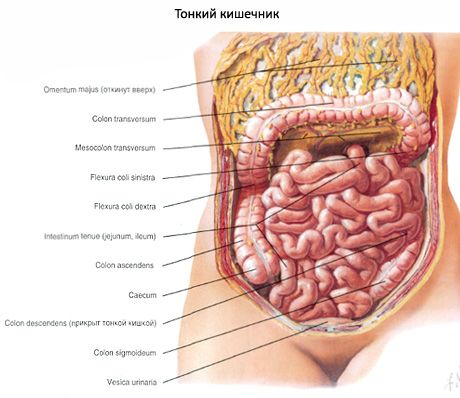
All iLive content is medically reviewed or fact checked to ensure as much factual accuracy as possible.
We have strict sourcing guidelines and only link to reputable media sites, academic research institutions and, whenever possible, medically peer reviewed studies. Note that the numbers in parentheses ([1], [2], etc.) are clickable links to these studies.
If you feel that any of our content is inaccurate, out-of-date, or otherwise questionable, please select it and press Ctrl + Enter.
Transverse colon
Medical expert of the article
Last reviewed: 07.07.2025
The transverse colon (colon transversum) usually hangs down in an arc. It begins in the right hypochondrium (right hepatic flexure) at the level of the 10th costal cartilage, then the intestine goes obliquely from right to left, first down, then up into the left hypochondrium. The length of the transverse colon is approximately 50 cm (from 25 to 62 cm). In the left hypochondrium, at the level of the IX costal cartilage, the transverse colon ends in the left (splenic) flexure of the colon (flexura coli sinistra) and passes into the descending colon. The transverse colon is covered with peritoneum on all sides and has a mesentery, with which it is attached to the posterior wall of the abdominal cavity. The gastrocolic ligament, which extends from the greater curvature of the stomach and the upper part of the duodenum and represents the upper part of the greater omentum, is attached to the anterior surface of the transverse colon.

The liver and stomach are adjacent to the transverse colon at the top in the area of the right flexure, the spleen is adjacent to the left flexure, and loops of the small intestine are located below; the duodenum and pancreas are located behind. When the stomach is empty, the anterior surface of the transverse colon usually adjoins the anterior abdominal wall. When the stomach is full, it extends backward from the anterior abdominal wall.
Where does it hurt?
What do need to examine?

